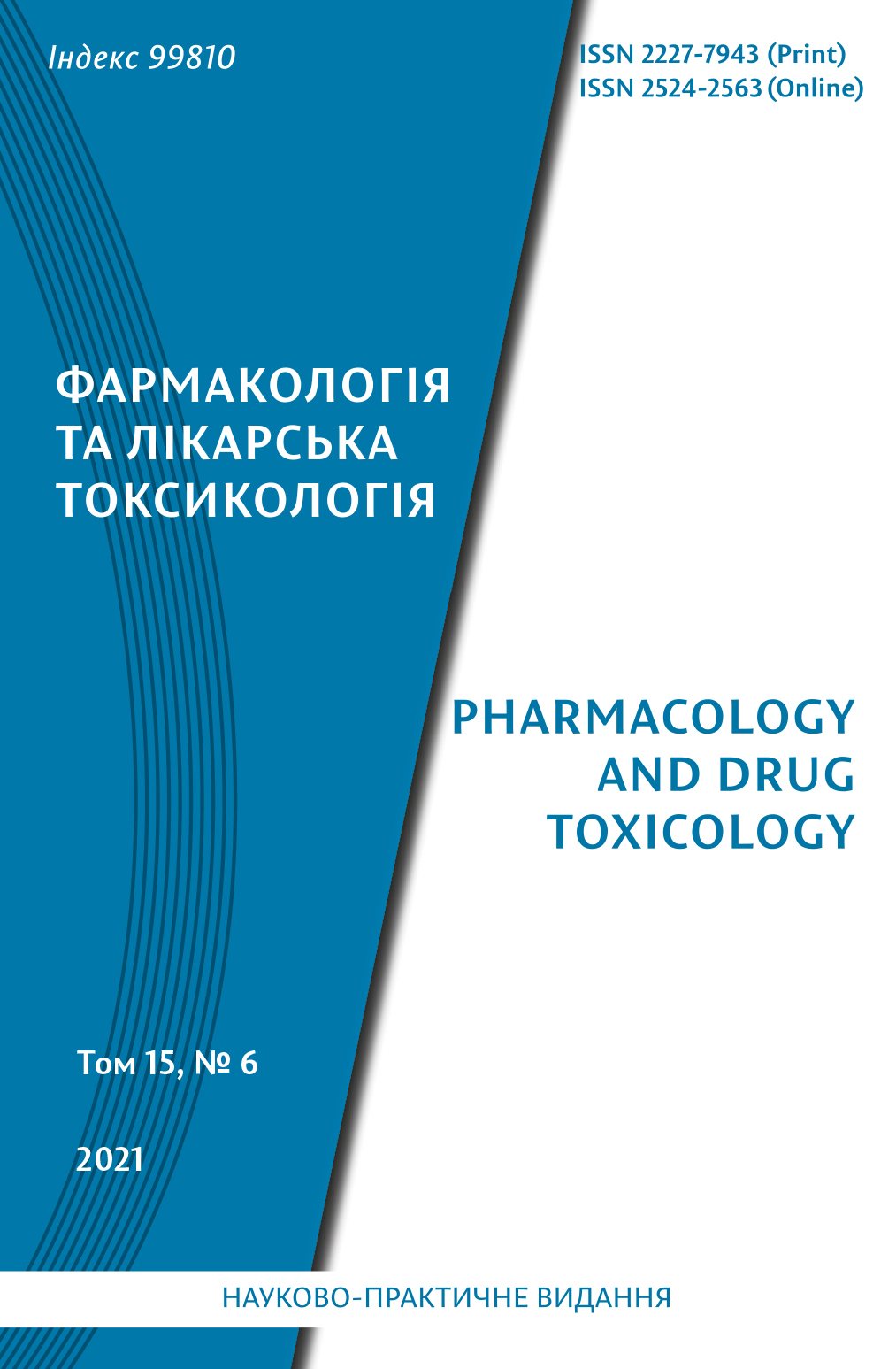Abstract
One of the serious problems of medicine is the formation and spread of antibiotic-resistant E. coli strains capable of causing acute and chronic persistent infections due to biofilms. Insufficient effectiveness of antimicrobial chemotherapy in acute inflammatory diseases and the practical absence of drugs
with an antibiofilm activity actualize the search for promising compounds and the development of effective and safe drugs on their basis.
The aim of this work is to study the effect of 4-(adamantyl-1)-1-(1-aminobutyl) benzole (AM-166) on the adhesive properties of E. coli and the expression of genes that regulate adhesion.
The antibiofilm activity of the adamantane-containing compound AM-166 was studied by the sorption of gentian violet on biofilm structures, the hydrophobicity of the E. coli cell surface was assessed by adhesion to a solvent (MATS test), swimming, swarming, and twitching migration – by standard
methods. Cell adhesion to the abiotic surface was assessed by the Christensen method, the effect of AM-166 on the expression of the fimA, papC, fliC, and motB genes was investigated using realtime PCR.
It was shown that the AM-166 compound disrupts the formation of E. coli biofilm: the biomass decreases at 5.0 MIC by 69.2 %, at 0.5 MIC – by 36.9 %. It was found that AM-166 reduces the hydrophobicity of E. coli cells (by 4.0 % at 0.5 MIC) and adhesion to an abiotic substrate (by 46.0–76.4 %, depending on the
incubation time), inhibits twitching migration, and stimulates swarming migration. The diameters of the E. coli mobility zones increased by 1.5 times (0.5 MIC) and 1.2 times (2.0 MIC). Under the action of AM-166, an increase in the expression of the fimA gene, as well as a decrease in the expression of the fliC
and motB genes (by 2 times) were recorded. The decrease in papC gene expression was statistically insignificant.
Thus, the antibiofilm activity of AM-166 is due to the impaired mobility of microorganisms and altered expression of the fimA, fliC, and motB genes. In the future, it is necessary to study the effect of the adamantane derivative on the Quorum Sensing systems in E. coli.
